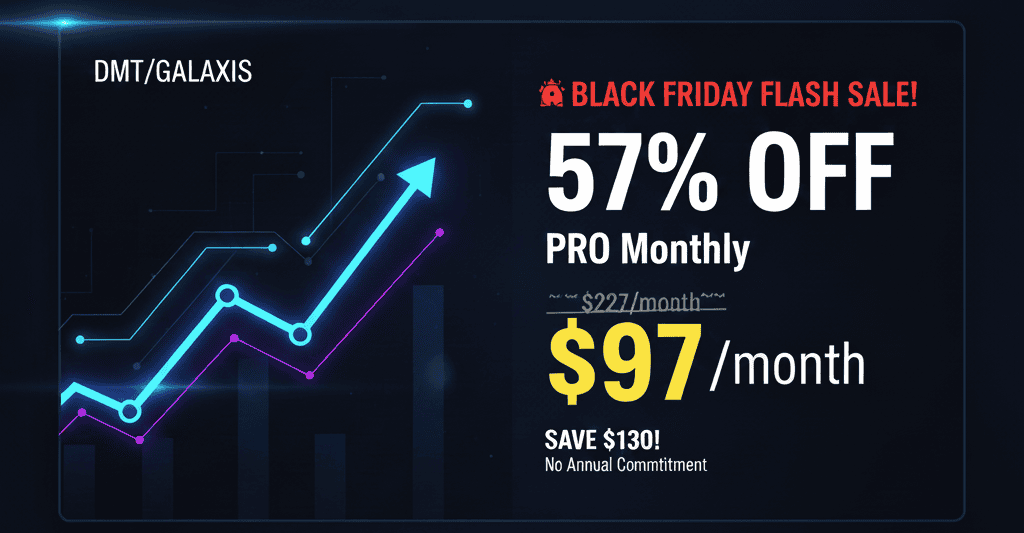Decision-Making Criteria for Selecting Digital Marketing Tools
Selecting the right digital marketing tools involves a comprehensive understanding of key decision-making criteria for selecting digital marketing tools. This guide outlines critical factors to consider, ensuring you choose solutions that align with your marketing objectives.
Key Features to Evaluate
When assessing digital marketing tools, focus on essential features that directly impact your operations and outcomes. The following elements are crucial:
Feature Sets: Identify tools with functionalities tailored to your specific needs. For instance, if analytics is a priority, platforms like HubSpot Analytics or Google Ads Manager should be considered for their robust reporting capabilities.
User Interface Design: A clear and intuitive interface enhances user experience and reduces training time. According to a study by Nielsen Norman Group, 94% of first impressions relate to design .
Integration Capabilities: Ensure the tool can seamlessly integrate with existing systems. A survey by Zapier found that 83% of businesses rely on multiple apps; thus, integration becomes vital for maintaining workflow efficiency .
Scalability Assessments: Choose tools that can grow with your business. Look for options that offer tiered pricing models or additional features as your needs evolve.
Customer Support Options: Reliable customer support can significantly affect tool effectiveness. Evaluate available support channels—live chat, email support, or dedicated account managers—and their response times.
Cost-Effectiveness Evaluation
Evaluating the cost-effectiveness of different marketing platforms requires a structured approach:
Pricing Models: Familiarize yourself with various pricing structures—subscription-based vs. one-time fees—and assess what aligns best with your budget constraints.
Return on Investment (ROI): Calculate potential ROI based on expected performance improvements versus costs incurred from using the tool. For example, if a CRM system improves lead conversion rates by 20%, quantify how this translates into revenue against its cost.
Trial Periods and Demos: Take advantage of trial periods or demos to gauge usability and effectiveness before committing financially.
Long-Term Costs: Consider not only initial costs but also ongoing expenses such as maintenance fees or upgrade costs over time.
Common Pitfalls in Tool Selection
Avoiding common pitfalls can streamline the selection process:
Overlooking Needs Assessment: Failing to conduct a thorough needs assessment often leads to selecting tools that do not meet core requirements.
Ignoring User Feedback: Neglecting reviews and feedback from current users can result in choosing suboptimal solutions.
Focusing Solely on Price: While budget considerations are important, prioritizing low-cost options over functionality may lead to greater long-term expenses due to inefficiencies.
Underestimating Training Requirements: Some advanced tools require significant training efforts which can disrupt operations if not planned properly.
Lack of Future-Proofing Considerations: Ensure selected tools have plans for updates and enhancements to remain relevant in rapidly evolving markets.
Checklist for Selecting Digital Marketing Tools
- Define specific business goals and required features.
- Research potential tools focusing on user interface design.
- Evaluate integration capabilities with existing systems.
- Analyze pricing models and calculate expected ROI.
- Seek user reviews and testimonials before final decisions.
- Confirm customer support availability during trials.
- Plan for future scalability based on anticipated growth.
By applying these criteria systematically, you ensure informed decision-making when selecting digital marketing tools tailored for success in your campaigns.
FAQs
What features should I consider when selecting a digital marketing tool?
Focus on feature sets relevant to your goals—analytics capabilities, integration ease, user interface quality, scalability options, and customer support availability are critical factors.
How do I evaluate the cost-effectiveness of different marketing platforms?
Analyze pricing models against expected ROI while considering both upfront costs and long-term expenses associated with each platform’s use.
What are common pitfalls in choosing digital marketing software?
Common pitfalls include neglecting needs assessments, ignoring user feedback, focusing solely on price without considering functionality, underestimating training requirements, and failing to plan for future upgrades or changes in technology trends .
Which metrics are vital in assessing marketing tool performance?
Key performance indicators (KPIs) include conversion rates improvement post-tool implementation, engagement metrics like click-through rates (CTR), customer acquisition costs (CAC), and overall return on investment (ROI).
How can I ensure seamless integration of new tools into my existing systems?
Prioritize tools known for strong compatibility with other software you currently use; evaluate API availability or pre-built integrations during research stages .
This structured approach will empower you to make well-informed decisions regarding the selection of digital marketing tools tailored specifically to meet your unique business requirements within the United States market context.
